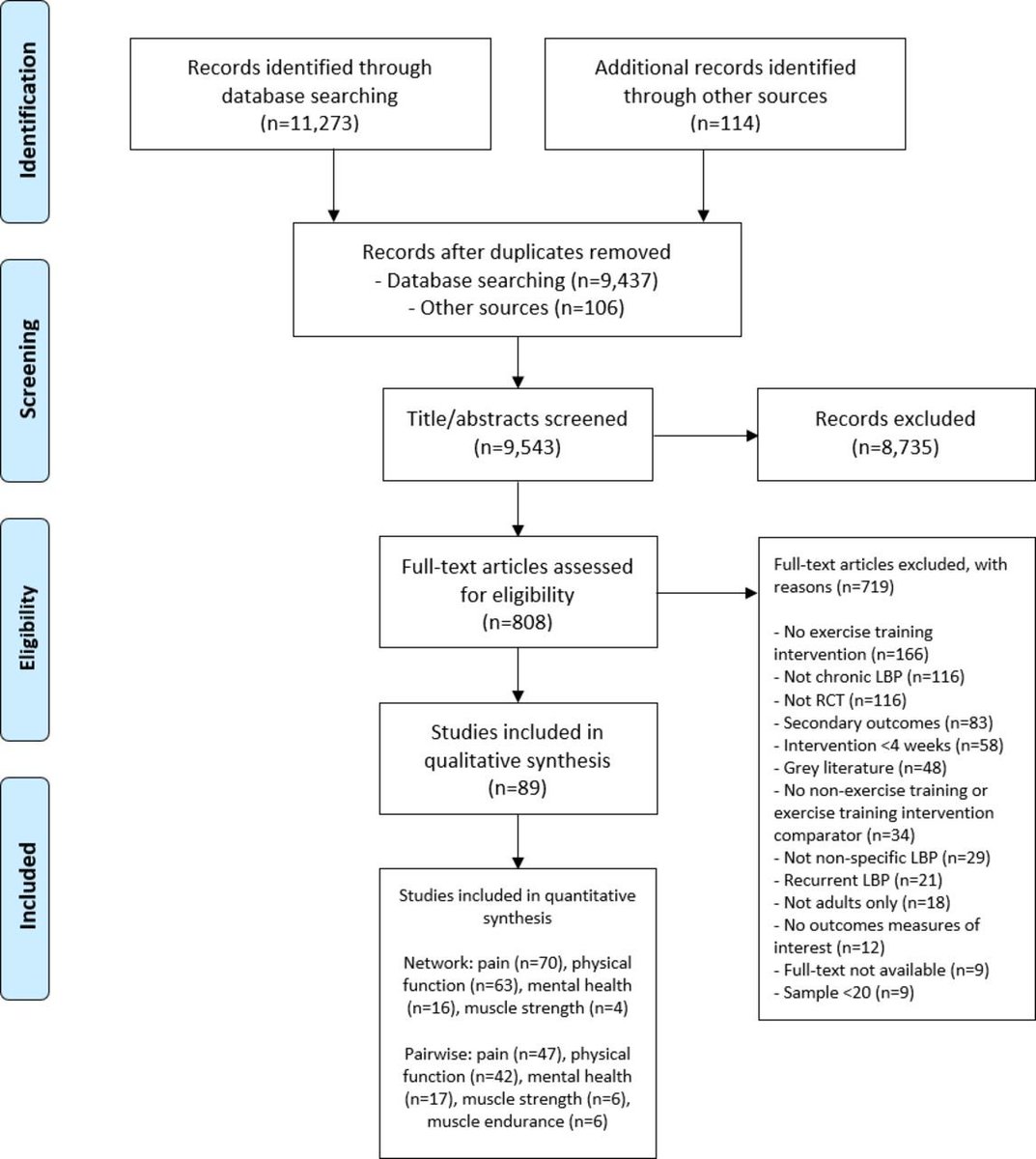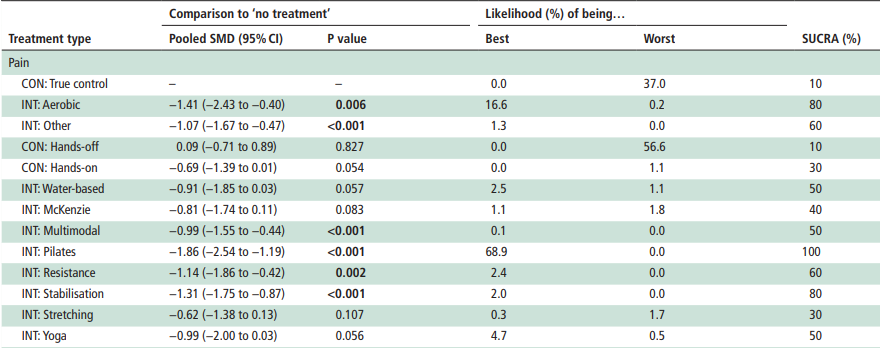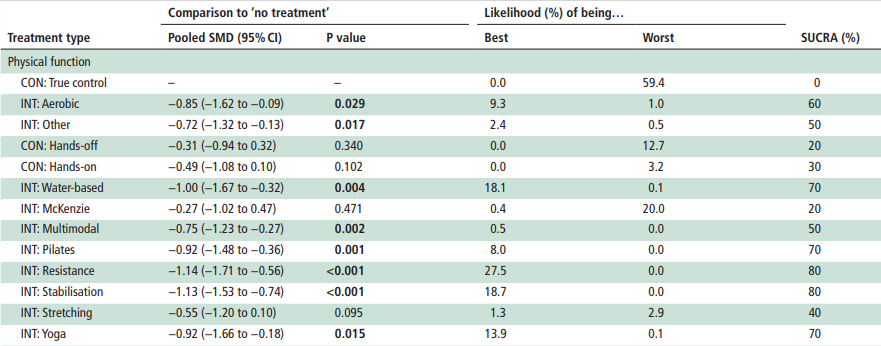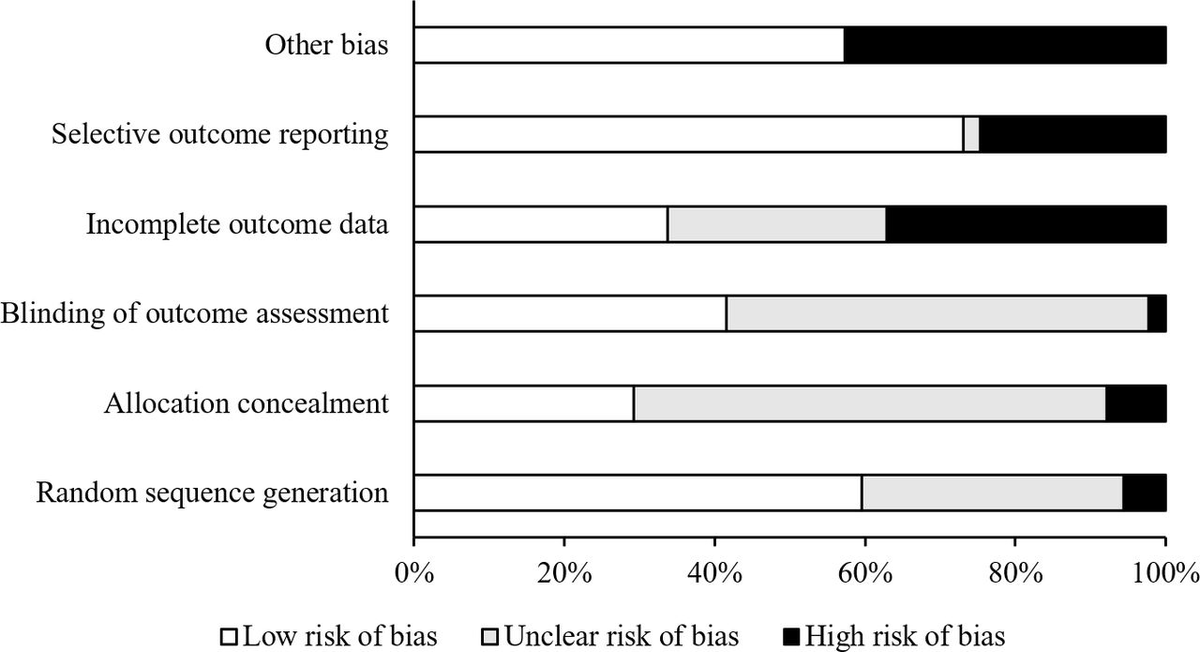 #Published: #Infographic. What kinds of #exercise are best for chronic low #BackPain? Now available @BJSM_BMJ: http://dx.doi.org/10.1136/bjsports-2020-102024
#Published: #Infographic. What kinds of #exercise are best for chronic low #BackPain? Now available @BJSM_BMJ: http://dx.doi.org/10.1136/bjsports-2020-102024 Thread: 1/24 (inspired by @MarinusWinters
Thread: 1/24 (inspired by @MarinusWinters #MyFirstThread)
#MyFirstThread)// @DeakinIPAN @MSKAust @AcademicChatter #AcademicTwitter #phdchat #ecrchat
Back pain is the greatest cause of disability and lost productivity world-wide: https://www.ncbi.nlm.nih.gov/pmc/articles/PMC6350784/
2/24
2/24
Back pain generates significant financial costs for society in developed countries, such as the United States of America, Japan, Europe and Australia (e.g. US$80 billion per year in direct and indirect costs in the United States of America): https://pubmed.ncbi.nlm.nih.gov/18164449/
3/24
3/24
Chronic low back pain (i.e. ≥12 weeks duration) presents the greatest challenge:
It generates the greatest proportion of economic burden due to back pain: https://pubmed.ncbi.nlm.nih.gov/11987929/
It affects 20% of the global population: https://pubmed.ncbi.nlm.nih.gov/22231424/
4/24
It generates the greatest proportion of economic burden due to back pain: https://pubmed.ncbi.nlm.nih.gov/11987929/
It affects 20% of the global population: https://pubmed.ncbi.nlm.nih.gov/22231424/
4/24
Of these, approximately 90% of cases of chronic low back pain are non-specific, meaning that a definitive diagnosis that is agreed upon between clinicians cannot be made: https://pubmed.ncbi.nlm.nih.gov/27745712/
5/24
5/24
Current treatment recommendations for non-specific chronic low back pain include exercise (high quality evidence), manual therapy (low quality evidence) and psychological therapies (moderate quality evidence): https://pubmed.ncbi.nlm.nih.gov/27745712/ , https://pubmed.ncbi.nlm.nih.gov/29614943/
6/24
6/24
There are a number of different modes of exercise training, however prior pairwise meta-analysis concluded that there was no evidence that any particular mode of exercise was more effective than another for non-specific chronic low back pain: https://pubmed.ncbi.nlm.nih.gov/20227641/
7/24
7/24
Network meta-analysis is a method that can overcome limitations of pairwise meta-analysis by incorporating data from studies that do not necessarily have the same kind of comparator groups in a ‘network’ of studies: https://www.ncbi.nlm.nih.gov/pmc/articles/PMC5247317/
8/24
8/24
In our recent network meta-analysis, published in the @BJSM_BMJ, we sought to identify the effectiveness of specific exercise training modalities in adults with NSCLBP: http://dx.doi.org/10.1136/bjsports-2019-100886
9/24
9/24
These modalities were also compared to ‘true control’ (i.e. no intervention) and non-exercise treatments, such as treatment where the therapist provided ‘hands-on’ treatment (e.g. massage, manual therapy) or ‘hands-off’ treatment (e.g. education, GP management).
10/24
10/24
We assessed the quality of the evidence using the Grading of Recommendations Assessment, Development and Evaluation (GRADE) criteria adapted for network meta-analysis: https://journals.plos.org/plosone/article?id=10.1371/journal.pone.0099682
12/24
12/24
For improving pain, there was low-quality evidence that Pilates, aerobic and stabilisation/motor control exercise training were optimal.
13/24
13/24
For improving physical function (reducing disability) there was low quality evidence that stabilisation/motor control and resistance exercise training were the most effective.
14/24
14/24
For improving mental health, there was low-quality evidence that resistance and aerobic were best.
15/24
15/24
Few studies examined trunk muscle strength, trunk muscle endurance and analgesic pharmacotherapy use, making it difficult to compare the effect of different exercise modalities on these outcomes.
17/24
17/24
Future studies examining these outcomes are warranted given the importance of considering these variables during the management of non-specific chronic low back pain: https://pubmed.ncbi.nlm.nih.gov/31610090/
18/24
18/24
Stretching and McKenzie exercises did not differ to true control for pain or function.
19/24

19/24
In our analysis stabilisation/motor control and Pilates had a clinically significant (>20 point pain reduction on a scale 0-100) greater effect on reducing pain than these exercises modes.
20/24
20/24
It is important to consider that exercise does not happen in isolation. Through exercise with an individualised approach, a person with non-specific chronic low back pain can improve confidence in movement and address functional deficits concurrently.
21/24
21/24
As we contend in our publication, understanding of the biopsychosocial aspects of (chronic) pain is important for all clinicians managing people with non-specific chronic low back pain.
22/24
22/24
CONCLUSION: We expect that there is no one particular kind of exercise that is 'the best' for non-specific chronic low back pain. Rather, we interpret our findings to mean that a range of active exercise therapies are most effective for non-specific chronic low back pain.
23/24
23/24
CONCLUSION: Our interpretation is that active exercise, where a patient is progressed through a program guided by an appropriately trained clinician to improve their function, is likely the best form of exercise training for non-specific chronic low back pain.
24/24
24/24
Toll free link for infographic: http://bjsm.bmj.com/cgi/content/full/bjsports-2020-102024?ijkey=lQKvIiNVv21PLlb&keytype=ref

 Read on Twitter
Read on Twitter














